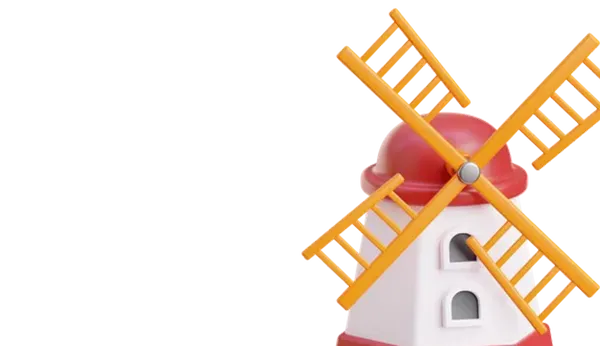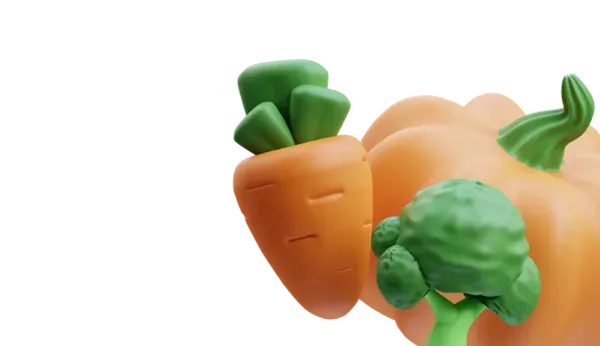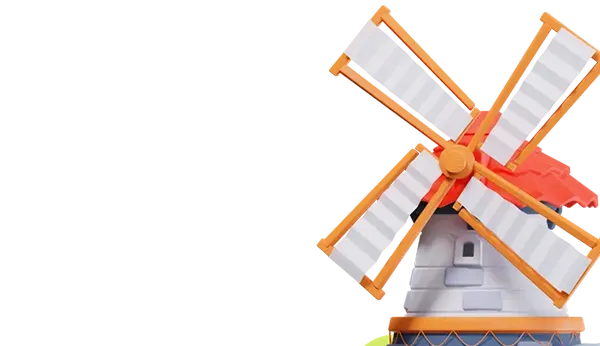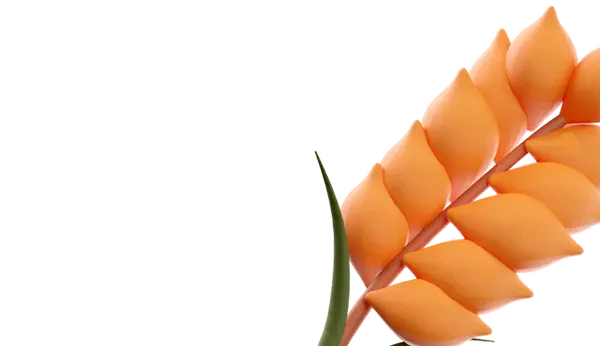Despite the fact that many areas of the Central region suffered from repeated frosts and experienced serious losses in fruitfulness, an increase in the harvested crop is expected in the Southern region. Thanks to this, the current year may not be the worst in terms of the volume of harvested apples — a harvest of 1.79 million tons is forecasted, as reported by Agroinvestor, citing the president of the Association of Russian Fruit Growers Igor Mukhanin. He notes that the Ministry of Agriculture has been investing in the development of fruit growing for ten years and compensating investors for the cost of establishing their orchards. Speaking of current trends, orchards with intensive fruiting are increasing by more than 10% annually, and the harvested crop is growing by 250 thousand tons annually.
This year, the Association predicts a 15-17% decrease in the apple crop in the Central zone, but an increase of 10% is expected in other regions due to the expansion of orchard areas that have reached full readiness. Thus, the country as a whole is forecasted to reach the level of the previous year.
The most severely affected by frosts were the Kursk, Belgorod, Voronezh, Lipetsk, and Tambov regions, as well as the northern part of the Rostov region and part of the Smolensk region. Igor Mukhanin recalls that in May there were three waves of frosts that coincided with the peak of flowering. In these regions, according to Mukhanin, the apple harvest will be minimal and will account for only 5-10% of the usual indicators. At the same time, more northern regions of the Center suffered slightly, as during the frosts the apple trees had not yet entered the flowering stage.
In addition to apple orchards, the Tambov region also suffered damage to other fruit trees: cherry, plum, strawberry, and raspberry suffered significant losses due to frosts. However, blueberries in the orchards will remain intact this year, as their flowering starts much later, according to experts.
The Bryansk region endured temperatures as low as -3.6°C for three consecutive nights. In the "Bryansk Orchard" company, they managed to minimize the damage by using orchard smoke. However, they still expect a 50% decrease in the planned harvest of the Idared variety, as these apple trees flower first. The Red Chief variety, which is the least resistant to frost, will yield less than 40% of the expected income this year. This is a preliminary forecast, and a more precise estimate of the harvest volume for these two varieties will only be possible by the end of summer. Data adjustments can be made either upward or downward depending on the conditions. Frosts will not affect the harvest of the Gala, Granny Smith, Golden Delicious, and Fuji varieties as their flowering occurs later.
The head of the "Bryansk Orchard" Oleg Kobets notes that frosts can have a positive effect. When the temperature drops to -0.6°C - 0.8°C, some buds do not form fruits, which reduces the tree's load and improves the quality of the fruits. Thus, nature itself performs natural thinning, which would have to be done manually in the absence of frosts. The missed profits from the Idared and Red Chief varieties will be compensated in 2025 since the fruit buds become stronger for the next season after frosts, and the harvest will increase.
In May, the "Bryansk Orchard" launched the first phase of a high-tech warehouse built on the principle of controlled atmosphere. Now they have the opportunity to store fruits for up to two years. This will allow them to have a reserve of the previous harvest and fulfill their obligations to retail chains in case of natural disasters, explains Kobets.
The National Union of Agro-Insurance (NSA) calls on regions engaged in fruit growing to insure their orchards in the new season. The NSA is already cooperating with industry associations of fruit growers, helping them with calculations and selecting available conditions in accordance with existing legislation, says the president of the NSA, Korney Bizhdov.
The Ministry of Agriculture has announced plans to amend the regulation that establishes the methodology for determining the insurance value and the amount of crop loss of agricultural crops, perennial plantings, and livestock. The changes will affect the calculation of the insurance value and the extent of losses for perennial fruit crops and take into account losses caused by a decrease in fruit quality due to dangerous natural phenomena.
"The new document may come into force at the beginning of 2025, but it should not be expected," Bizhdov believes. "Insurance contracts for orchards or vineyards cannot be concluded during winter dormancy. Therefore, the most suitable period for obtaining insurance protection will be in autumn or at the beginning of spring. Delaying this matter will increase the risk of being without insurance protection again during frosts. In addition, regions should develop programs to subsidize orchard insurance. The NSA is ready to provide recommendations on such insurance, taking into account the upcoming changes."
Igor Mukhanin claims that the existing insurance system works against fruit growers. Companies, of course, insure the crop, for example, against hail. But if hail does not completely destroy the crop but only damages its quality and significantly reduces its volume, insurance companies refuse compensation, he knows. Enterprises lose a significant part of their profits and do not receive any payouts.















